On April 16, Dr. Nguyen Anh Dung, Head of the Department of Cardiovascular and Thoracic Surgery, Cardiovascular Center, Tam Anh General Hospital, Ho Chi Minh City, said that the CT scan image recorded a 27x25 mm lung tumor near the patient's left lung hilum. Most tumors or lung nodules do not show symptoms in the early stages. In Ms. H.'s case, the tumor was located near the lung hilum, close to the heart, causing the patient to feel chest pain, although not severe. She went to the doctor and was detected early.
The team performed minimally invasive procedures to biopsy the patient first, including a bronchoscopy biopsy as well as a CT-guided lung biopsy, but both showed benign tumors. However, based on experience and the imaging characteristics of the tumor, the doctor strongly suspected that the tumor was not benign, so it was decided that the entire tumor needed to be removed for diagnosis and treatment.
The patient underwent thoracic endoscopy to remove the tumor and cryoablation. The surgeon performed an endoscopy to remove the tumor sample, then sent it to the pathologist for cryoablation within 30-45 minutes, the results confirmed that it was a malignant lung tumor.
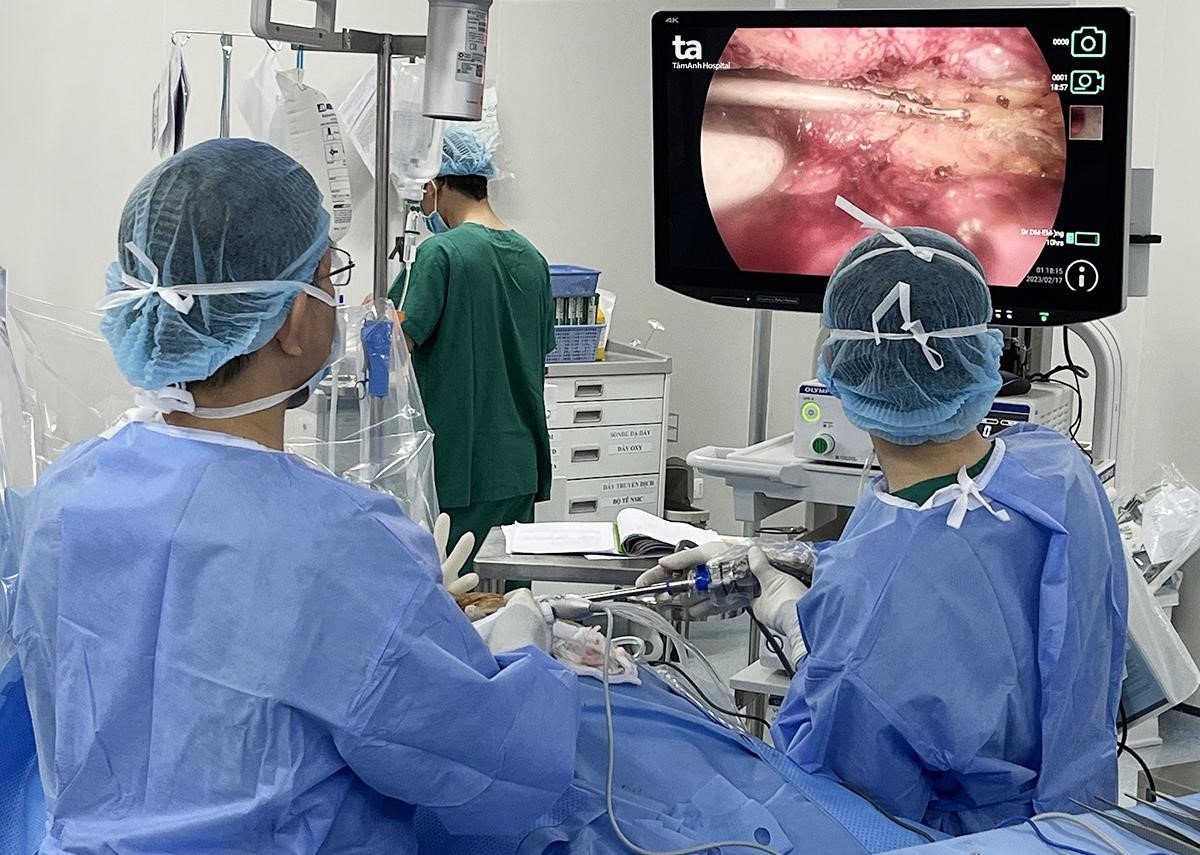
Doctors during a laparoscopic surgery to remove a lung tumor
According to Dr. Dung, endoscopic lung biopsy or CT-guided lung biopsy are minimally invasive methods that help diagnose lung lesions such as tumors, inflammation, etc. Sometimes the biopsy gives false negative results, meaning the result is a benign tumor while in fact it is a malignant cell. The reason is that the tumor is in a difficult-to-reach location, and the biopsy has not hit the location with malignant cells. In these cases, if the nature of the tumor is still suspicious, the doctor will prescribe endoscopic surgery to remove the entire tumor by cold biopsy.
During the surgery, with the malignant results returned, Dr. Dung and his team decided to remove the upper lobe of the left lung and remove the entire mediastinal lymph nodes for Ms. H. to completely remove the tumor from the body and reduce the risk of cancer recurrence. The patient only underwent one surgery to solve two problems: diagnostic biopsy and surgical treatment.
After surgery, Ms. H. no longer had chest discomfort, and the endoscopic incision was small so there was little pain. She said she had not been exposed to cigarette smoke or toxic chemicals, and had no family history of lung cancer. Genetic testing later showed that she had an EGFR gene mutation. The patient was treated with targeted drugs according to a protocol to prevent cancer recurrence.
Source link









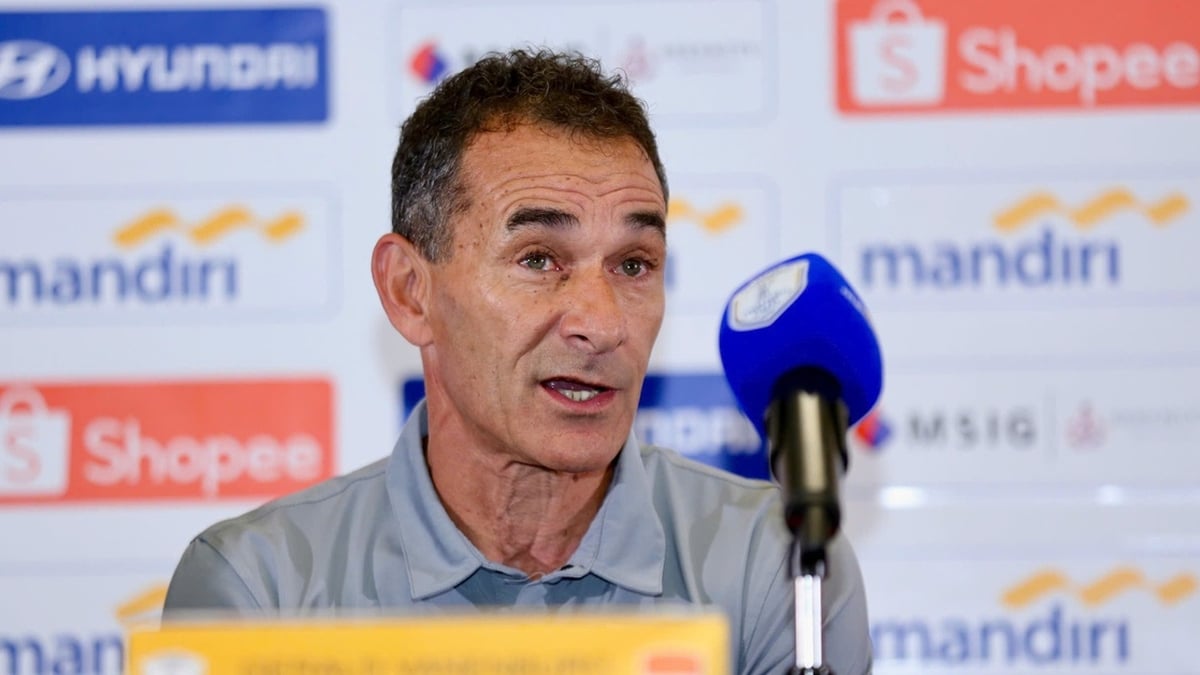













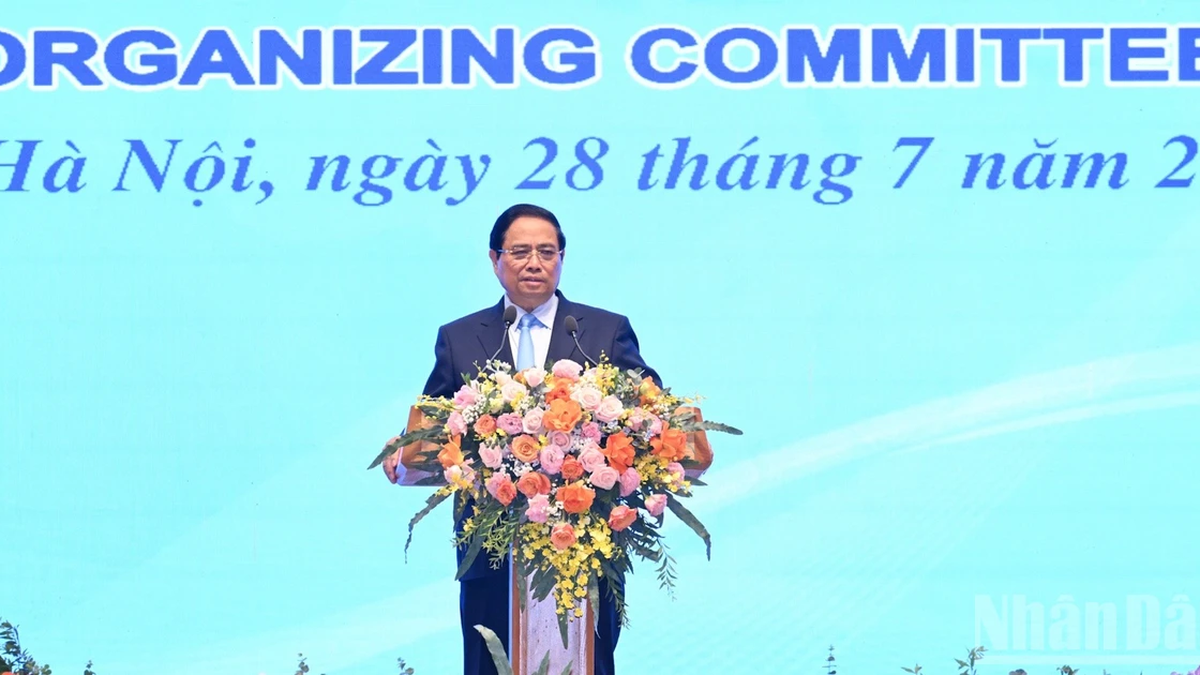



![[Photo] National Assembly Chairman attends the seminar "Building and operating an international financial center and recommendations for Vietnam"](https://vphoto.vietnam.vn/thumb/1200x675/vietnam/resource/IMAGE/2025/7/28/76393436936e457db31ec84433289f72)















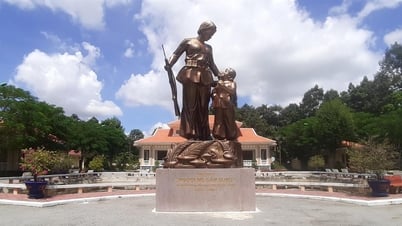





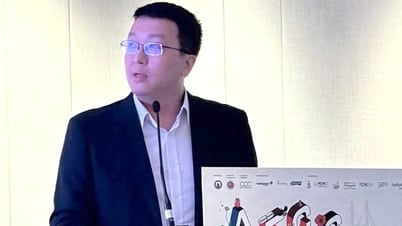

















































Comment (0)